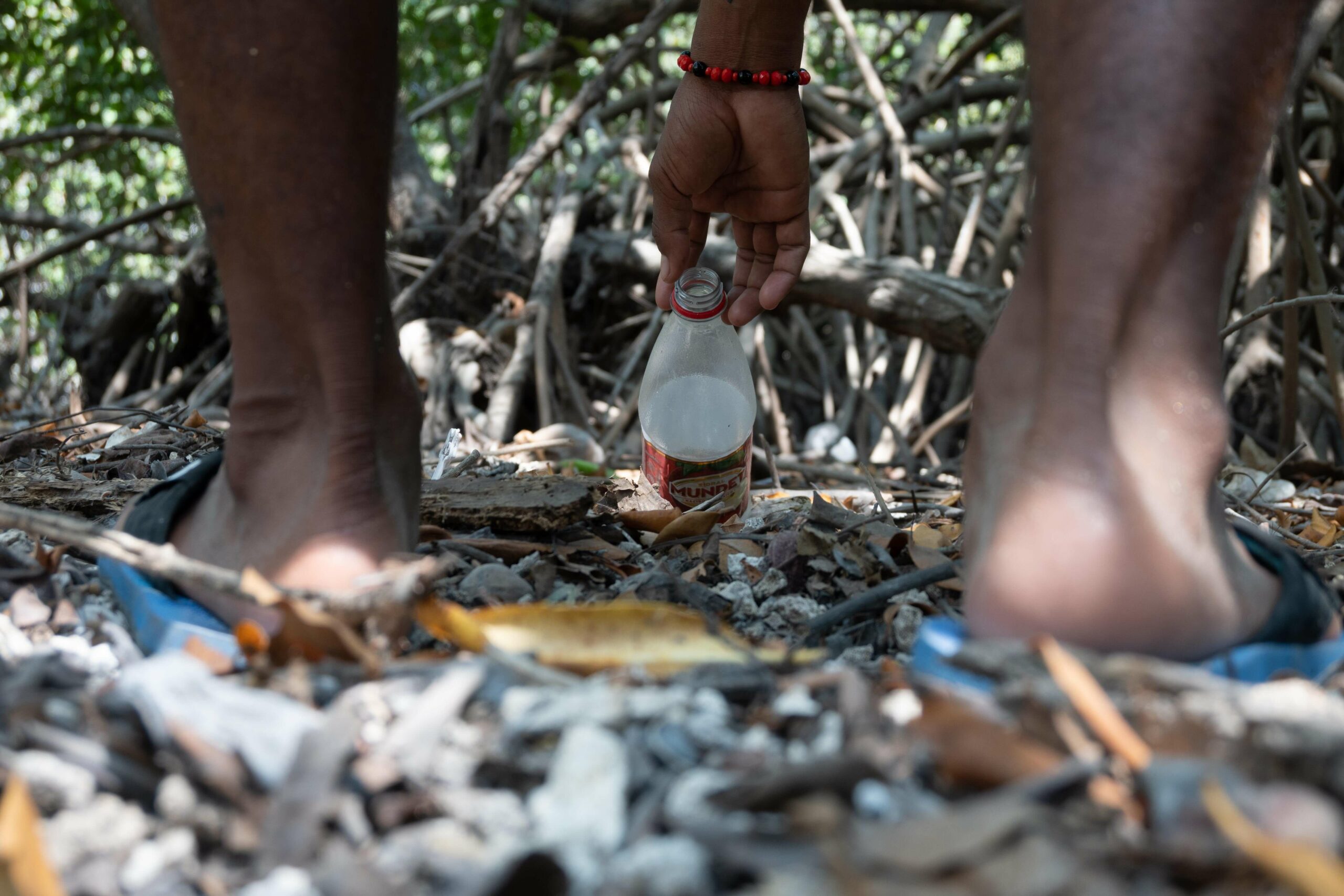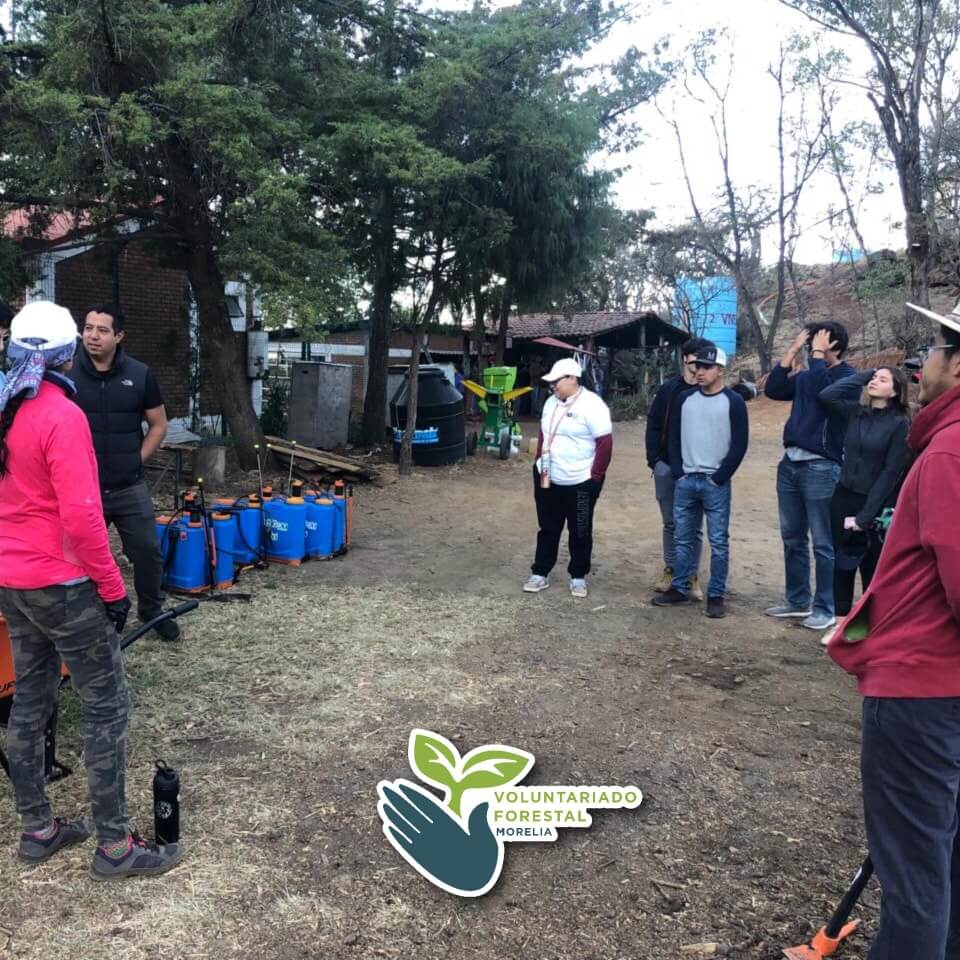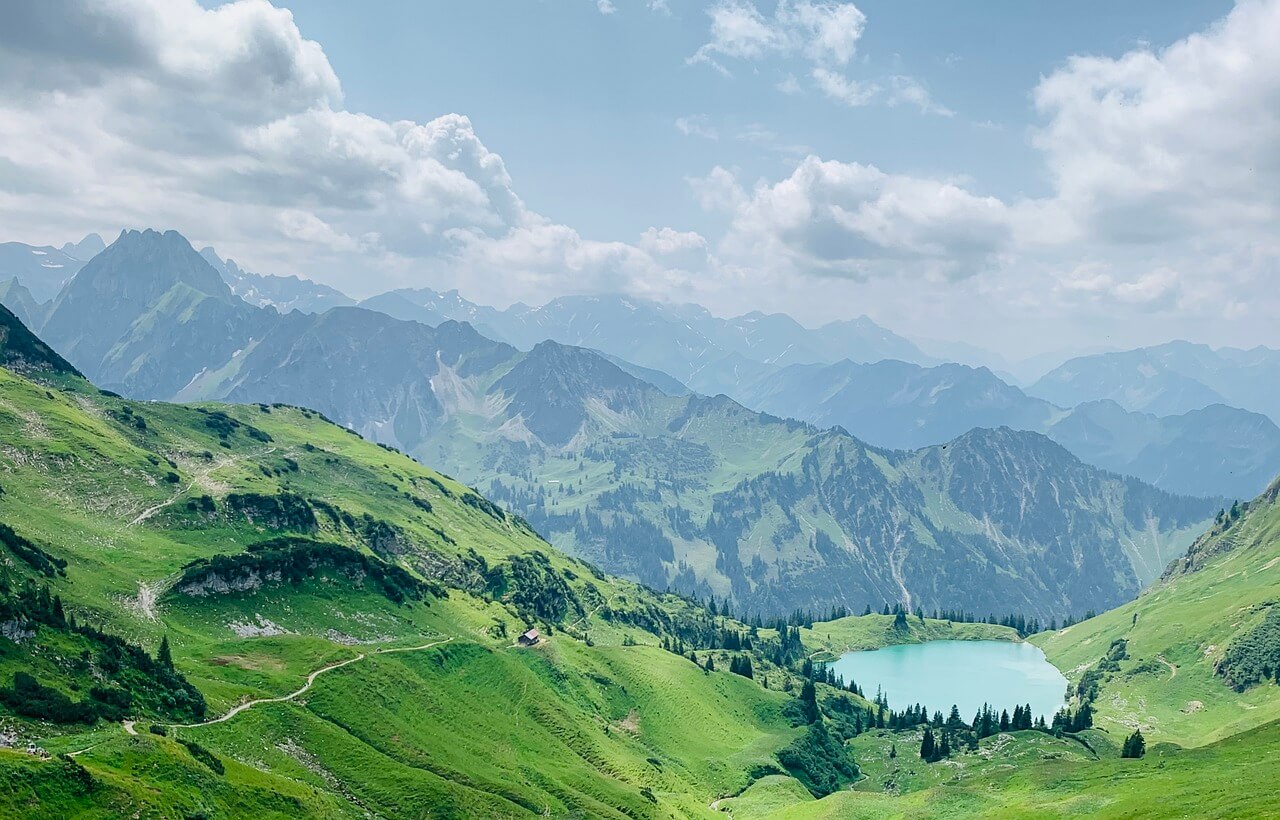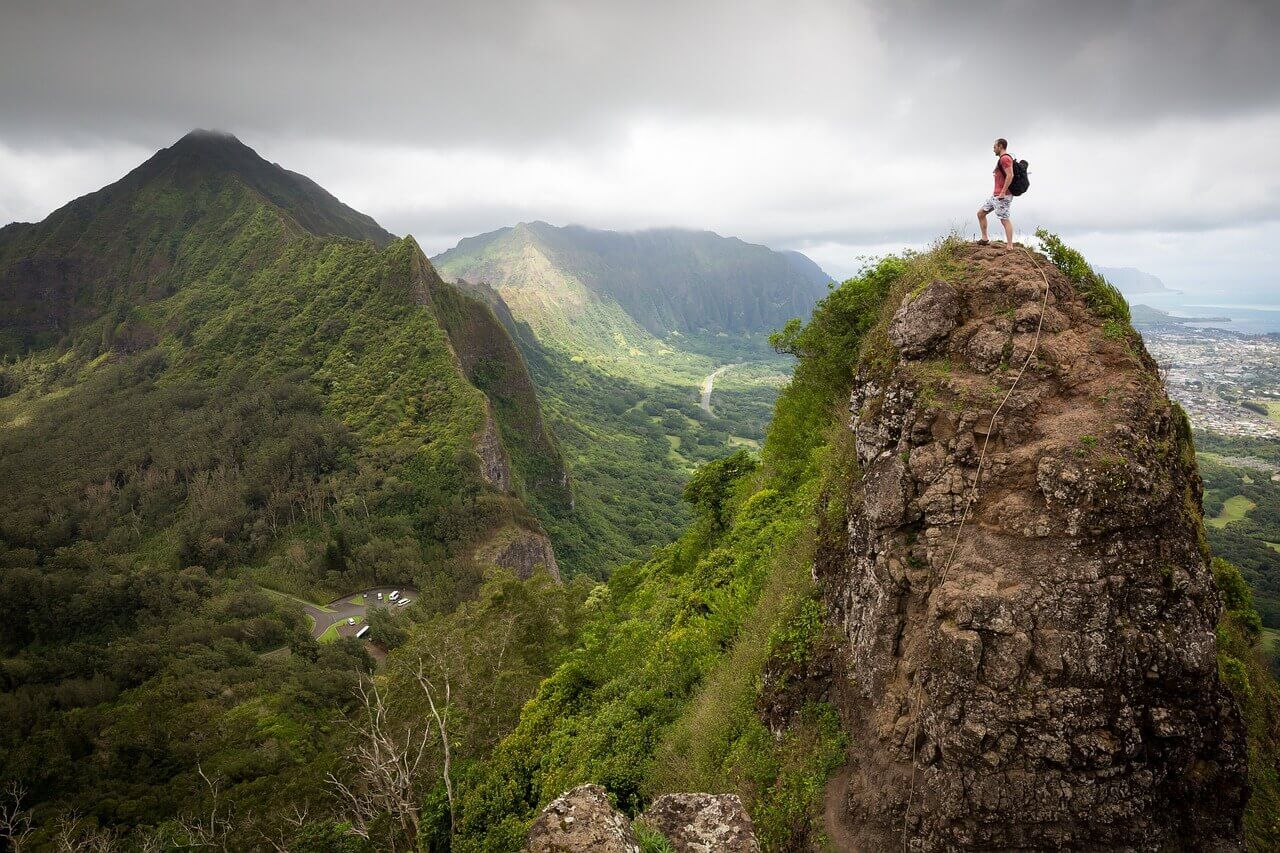Sustainable Tourism in Protected Areas: Mexican Norm 189

Tourism plays a fundamental role as a source of income in many regions of Mexico and Latin America, especially in those that are home to protected natural areas of great beauty and biodiversity. However, the uncontrolled growth of the tourism industry can have negative effects on these fragile ecosystems. To counteract this problem, Mexican Standard 189 has been established to establish limits of acceptable change and carrying capacities in protected areas in order to promote sustainable and responsible tourism throughout the country.
Mexican Standard 189 and its Role in Sustainable Tourism
On September 28, 2023, a significant event took place at the Local Hands Network, an initiative of La Mano del Mono that seeks to "joining local hands to generate global impacts".. This event fostered dialogue and the participation of many actors involved in the tourism industry, with the objective of strengthening collaboration in favor of regenerative tourism for the benefit of local communities and the conservation of natural areas.
With an attendance of more than 80 people and under the moderation of Mauricio Miramontes, The event included the participation of distinguished guests, among them Esteban Piedra of CONANP, Isaí Pelayo of Bahía Unida with his experience in Islas Marietas, Nezahualpilli Tovar of Tesoro Tours and their experience in Whale Shark, as well as Mauricio Robles of Reto Sostenible AC. During this event, moments were experienced that are closely related to Mexican Standard 189, which establishes the procedure and methodology for the preparation of Acceptable Change Limit studies and Carrying Capacity studies for tourism and recreational activities in Natural Protected Areas under federal jurisdiction in Mexico.
But, what is the Mexican Standard 189 on Acceptable Change Limits and Tourist Carrying Capacities in natural areas and what is its importance??
The Mexican Standard 189 is an essential tool designed with the fundamental purpose of establishing limits of acceptable change and carrying capacities in Mexico's protected natural areas. Its primary focus lies in the constant search for a balance between tourism development and environmental preservation, thus providing clear and precise guidance for tourism companies, local communities and government authorities. This regulation becomes an indispensable pillar to guarantee the sustainability of tourism in these unique areas, avoiding the excessive exploitation of natural resources and the degradation of fragile ecosystems.
Thus, the studies of Acceptable Change Limit and Loading Capacity are tools of immense value, allowing the definition of rates and limits for the sustainable use of natural resources in the field of tourism and recreational activities in Natural Protected Areas. This research contributes to the establishment of a harmonious balance between tourism and the preservation of natural resources, promoting the development of sustainable tourism practices. Knowing the load limits that can be assumed by natural protected areas opens the door to the implementation of management and regulation measures that allow tourism enjoyment without endangering the integrity of ecosystems and the richness of biodiversity.
But now... What are the challenges and opportunities of tourism in protected areas?
At the meeting, participants reflected on the profound relationship that exists in tourism in natural protected areas, providing economic opportunities, but facing significant challenges. However, the increase in visitors can cause negative impacts on the ecosystem, such as habitat degradation and altered wildlife behavior. Mexican Standard 189 responds to these challenges by establishing clear limits on the number of visitors that can visit these areas and what activities are acceptable.
An outstanding example of how the standard can be successful is the case of Bahía Unida, located in Islas Marietas National Park, Mexico. Through this collaboration, these operators were able to provide high quality experiences to visitors while protecting the fragile marine ecosystem. Undoubtedly, an experience that demonstrates that collaboration between the private sector, local communities and authorities can be fundamental for the sustainable development of tourism in protected areas.
Do you know the benefits of Mexican Standard 189? Here we tell you the most relevant ones:
During the meeting of the Manos Locales Network, it became evident that the implementation of Mexican Standard 189 brings a wide range of benefits to Mexico's natural protected areas, including:
- Contribution to Conservation: This regulation plays a crucial role in the preservation of natural resources and biodiversity richness in these areas.
- Promotion of Sustainable Tourism: Facilitates the development of responsible and sustainable tourism practices in protected environments.
- Coherent Regulations: Establishes a clear and uniform regulatory framework for the development of Limit of Acceptable Change studies and Carrying Capacity studies in these regions.
- Informed Decision Making: Provides the necessary basis for making informed decisions supported by scientific evidence in the management and regulation of tourism in these protected areas.
- Fostering Collaboration: Encourages the active participation and collaboration of a variety of stakeholders and sectors in the management and conservation of natural protected areas.
However, are there advantages to its implementation?
Undoubtedly! During the meeting, not only was the relevance of Mexican Standard 189 highlighted, but also successful examples were presented to support its effectiveness. On the one hand, local testimonies were heard highlighting how this regulation empowers companies to maintain independent control over their operations, avoiding excessive dependence on government decisions. In addition, by collaborating in the management of carrying capacity, these companies can provide higher quality experiences to visitors, thus strengthening their reputation as sustainable tourism destinations.
These facts indicate that the Future of Tourism in Protected Areas, driven by Mexican Standard 189, marks an important milestone on the road to more responsible and sustainable tourism in Mexico. This standard not only protects the environment, but also fosters economic development and collaboration among various stakeholders. With the creation of this standard, Mexico is laying the groundwork for a future in which tourism and environmental conservation move forward harmoniously hand in hand.
The La Mano del Mono Commitment
At La Mano del Mono, we are tirelessly dedicated to working closely with communities, institutions and companies in the tourism sector. Our commitment is clear: we seek to achieve a sustainable balance between tourism and the conservation of our natural protected areas, always prioritizing the well-being of local communities. We firmly believe that the implementation of Mexican Standard 189 is the path to a future in which local communities flourish and the natural wonders of our country are preserved for generations to come.
But we can't do it alone. We need your support and active participation. We invite you to join us on this journey towards more responsible and sustainable tourism. Together, we can make a difference, protect our natural heritage and improve the quality of life of local communities. Whether you are part of a company, an institution, or simply a nature lover, your voice and your actions are fundamental to achieve systemic changes.






